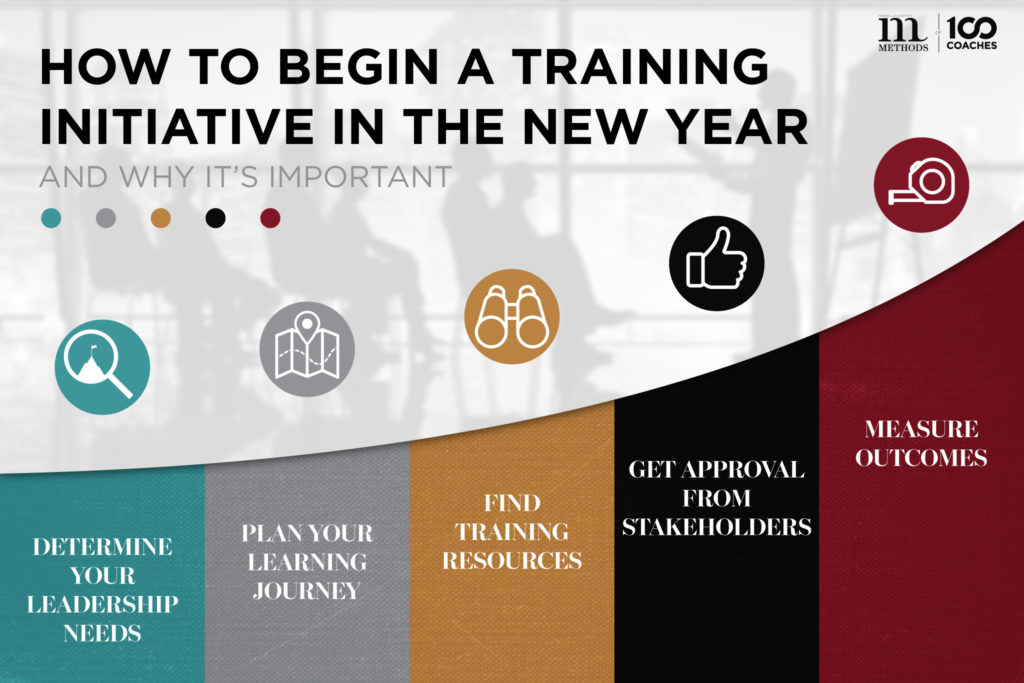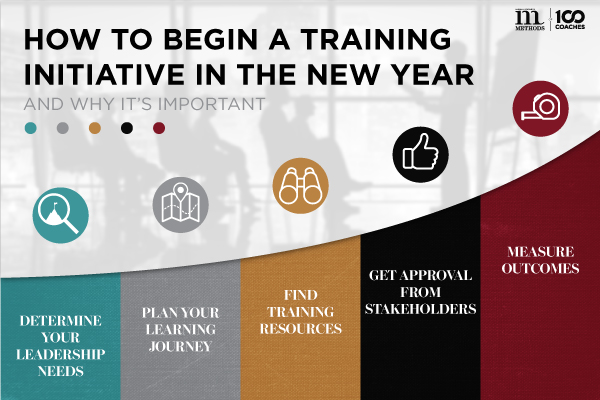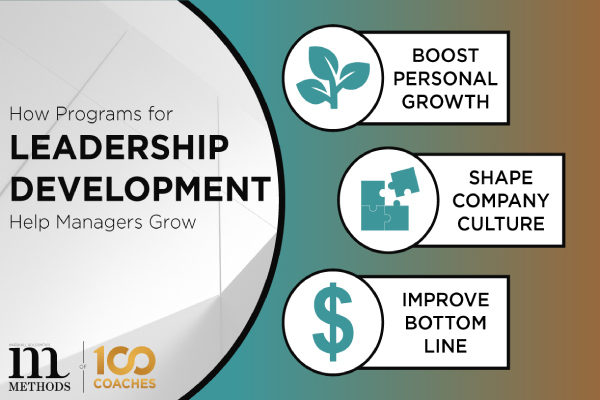 Every time the new year rolls around, people all over the world make resolutions, plans, and goals that (they hope) will serve them well in the new year. Some are simple — like losing a few pounds or quitting sugar — others are more complicated and involved, like trying to be a better parent or learning to control your temper. And it’s not just individuals who make these resolutions, companies do too. Whatever the case, these resolutions can act as a guidepost on your way to crafting the life you truly want to live, or crafting the ideal future for your business, and provide helpful encouragement to start the new year on the right foot with a positive, growth mindset.
Every time the new year rolls around, people all over the world make resolutions, plans, and goals that (they hope) will serve them well in the new year. Some are simple — like losing a few pounds or quitting sugar — others are more complicated and involved, like trying to be a better parent or learning to control your temper. And it’s not just individuals who make these resolutions, companies do too. Whatever the case, these resolutions can act as a guidepost on your way to crafting the life you truly want to live, or crafting the ideal future for your business, and provide helpful encouragement to start the new year on the right foot with a positive, growth mindset.
In business, we often know the January through March season by another name: Quarter 1. That all-important baseline metric on which the rest of the year will be based, and often the litmus test for how a business will perform over a given year. There’s immense pressure to get it right, to come right out the gates swinging full force, and to get some early wins piling up that’ll provide the organization with momentum to move forward through the new year. Everyone wants their next year to be a banner year, and many companies’ ambitious new year’s resolutions speak to this.
As a leader, Learning and Development Director or Human Resource Manager for your organization, one of your goals for 2023 may be to provide ongoing leadership and management training. While this is always a good goal, the beginning of the year is a great time to initiate new leadership or management development programs. This is not only one of the best things you can do for your company culture, but also for your bottom line. (If you’re skeptical about the benefits of leadership training, check out our other article on why you shouldn’t be.)
As we know, the best-laid plans of mice and men often go awry, but in this case, the real problem with leadership training and management development programs is that there usually isn’t a plan for how to successfully implement these. To make sure any training effort will be successful, you need a roadmap for how to move forward. To get started, here are a few guidelines for crafting your business’s leadership training program:
Determine Your Leadership Needs
As a leader or HR manager, what do you feel your people need to be trained on? What competencies do you feel are missing from your talent bench? Try connecting your overall leadership goals with the company’s strategic goals in order to streamline training efforts and ensure the things you’re training on are relevant to your company’s WHY.
Plan Your Learning Journey
Determine the competencies you’d like to train on, based on step 1, and then develop an implementation plan. Ask yourself or your team: How long will the training last? When do we want our people to be trained? Who are the stakeholders in this project and whose buy-in do I need for success? How long will this training program last, and how will we determine its success?
Find Training Resources
Once you’ve determined what your goals are and how you’re going to implement them, find resources and services that align with your training goals. Procurement of these could mean — seeking out workshops and seminars to send your people to, finding coaches and trainers to come speak at your company, creating a reading list based on pertinent books, or finding an online platform that provides an inclusive, all-in-one, on-demand training system.
Get Stakeholder Buy-In
With your plan in place, present the plan to your managers and higher-ups. Get their approval and buy-in. Your initiatives will be that much more successful when they have buy-in from your company’s key stakeholders.
Measure Outcomes
Based on the criteria set in step 2, assess the training initiative and determine whether it achieved the intended goals. What worked? What didn’t? What needs adjustment? Why? Meticulously gather all the data you can and adjust your strategy.
This list should provide you as an HR executive or training manager with ideas and steps to get started. Starting a leadership development program from scratch can feel like a daunting initiative, but with the right tools and process, it doesn’t have to be.
Utilizing the full capability of a training solution like Methods means that your training is streamlined, consistent, on-demand, and completely scalable. It removes the complexity of organizing materials from several sources, making travel arrangements, or otherwise stopping the daily operation of work on normal procedures. Methods provides an all-in-one solution with high-quality training courses that can be viewed at any time, anywhere, at the learner’s convenience.
Don’t let another year pass you by, wishing you’d done all that you could do to improve your business. Try some of these tips to get your leadership development program started today.
Need Help With Your Leadership and Management Training?
We would love the opportunity to answer questions you have about leadership and management training. We make leadership training easy, schedule a free demo today.
Sources:
https://www.ddiworld.com/blog/how-to-implement-a-leadership-development-program
https://www.roberthalf.com/blog/management-tips/how-to-create-a-successful-leadership-development-program
https://www.entrepreneur.com/leadership/8-steps-to-creating-an-effective-leadership-development/433626 https://www.forbes.com/sites/forbescoachescouncil/2017/12/04/four-tips-for-constructing-a-leadership-development-program/?sh=1b01662138e3
https://ca.indeed.com/career-advice/career-development/leadership-development-program





